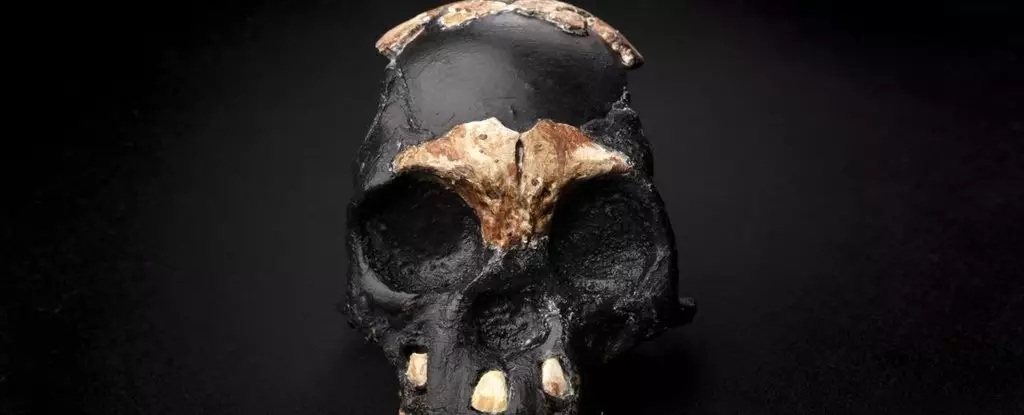Upon closer examination of the research conducted by paleoanthropologist Lee Berger and his team regarding the Homo naledi burials in the Rising Star Cave system, it becomes evident that there are significant flaws in their interpretation. Despite the bold claim that the burials were deliberate, a new analysis led by anthropologist Kimberly Foecke suggests otherwise. Foecke and her colleagues scrutinized the data analysis, visualization, and interpretation presented by Berger’s team and found discrepancies that call into question the validity of their conclusions.
One of the key issues highlighted by Foecke’s team is the lack of clarity in the soil analysis conducted by Berger et al. The method used to study the chemical composition and particle size of the dirt in the cave was not adequately described, making it difficult to replicate the findings. Furthermore, Foecke and her colleagues were unable to detect any significant differences between the soil on the bodies and the surrounding dirt, casting doubt on the claim that the burials were intentional.
Geochemist Tebogo Makhubela, a member of Berger’s team, acknowledges that some of the criticisms raised by Foecke’s analysis are valid. He admits that the paper is a work in progress and that revisions are necessary to address the shortcomings identified. However, it is crucial to recognize that thorough research and data analysis are essential components of any scientific study, particularly one as groundbreaking as the interpretation of Homo naledi burials.
Foecke emphasizes the importance of approaching extraordinary claims in archaeology with skepticism, especially when they capture the public’s attention. The need for rigorous peer review and adherence to established research standards cannot be overstated, particularly when making assertions that challenge our understanding of human evolution. While the debate surrounding the Homo naledi burials continues, it is imperative to maintain a critical eye and demand scientific rigor in interpreting archaeological evidence.
By reevaluating the evidence presented by Berger and his team, Foecke and her colleagues have shed light on the limitations of their research methods and the uncertainty surrounding the interpretation of Homo naledi burials. The lack of conclusive data to support claims of deliberate burials raises questions about the cognitive capacities of Homo naledi and the cultural practices of our ancient ancestors. As the scientific community grapples with these complex issues, it is clear that a cautious and evidence-based approach is essential to advancing our understanding of human evolution.



Leave a Reply